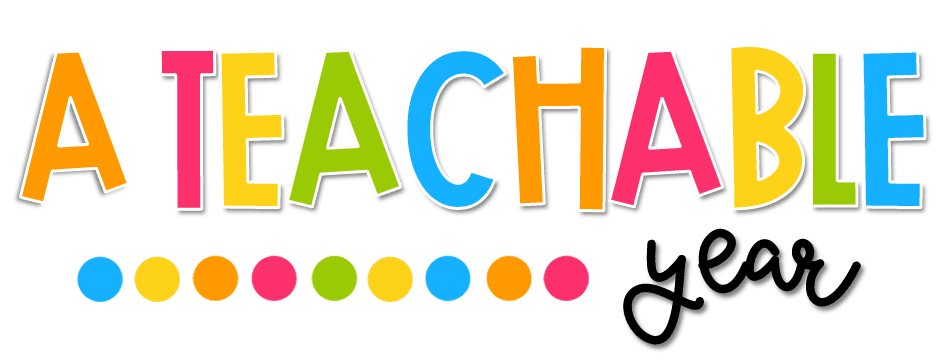Are Language Games Useful in the ESL Classroom?
It doesn’t matter who you talk to about teaching English as a Second Language, they will all tell you that the use of games is essential to children learning well and enjoying themselves. Becoming familiar with a new way of conversing can be a challenge, so ensuring the children can do so and progress in an exciting and not at all intimidating way is something all teachers should strive to do. Here are five engaging language games you could use in your ESL classroom.
Dressed for Spring
Dressed for Spring is a fun game where players spin the wheel to decide which item of clothing they get to put on their chosen character. Not only does this game focus on the basic vocabulary linked to these garments, such as jacket and shirt, but it can also be a great way of encouraging the use of game language like My turn and Spin the wheel, for example. In addition to the Dressed for Spring game, there are also follow-up worksheets, which are useful to assess students’ understanding and memory of the newly learned vocabulary.
If you’ve never heard of or used barrier games before, you have been missing out! They are an exceptional way of practising communication skills within a teacher-led or paired activity. Pairs is the preferred way of doing this. Players face one another, with a ‘barrier’ in between to ensure neither can see the other’s work. Each of the pair has a copy of the same background and the images to be added, like the ones in this Animals and Habitats Barrier Games pack. One of the players starts and gives a direction, such as, Place the bat under the tree. Both should carry out this option, and then the other player has a go at communicating an instruction. Once all animals have been placed on the habitat, the students should compare their backgrounds to see if they are the same.
Play and Tell: Where Questions
Asking and
answering questions is an integral part of language learning, so this Play and Tell board game could be perfect for supporting
your students to practise this skill. Students simply pick up a card, read it
and answer the ‘where’ question. If their response is correct, they can move on
one space. The winner is the person who reaches the end first. Stretch your
more able learners by encouraging them to come up with their own questions that
would work alongside the established ones.
Getting to
grips with tenses in the English language can be a tricky undertaking. The
present simple and continuous are two which all learners will need to be
comfortable with. This Spud-Tacular Sentences game is a wonderful way of practising
and consolidating both of the tenses. Players move around the board, picking up
cards and then using the information to create a sentence in either the present
simple or the present continuous tense.
What are your favourite games?








No comments
Post a Comment
Thanks for your comment!